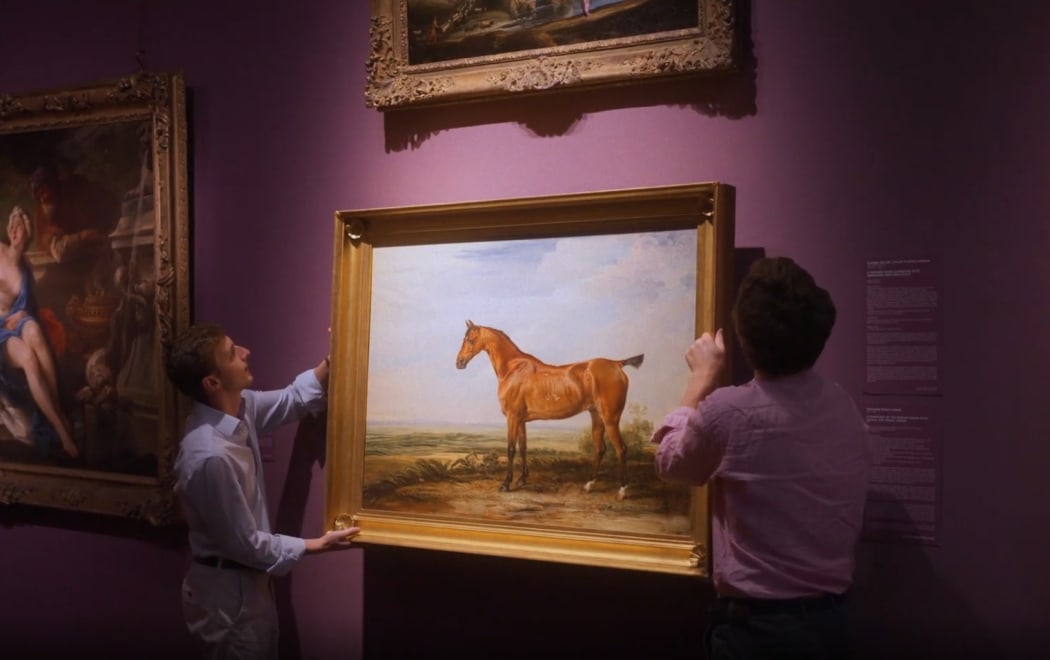|
The Situation
First, one must decide where to hang a picture. Where would it appear most at home? Think about the colours in the painting or the subject it depicts to help determine this. A still life of fruit, for example, would work well hung in a kitchen or dining room while a large landscape might be better suited to a sitting room. Similarly, brightly coloured paintings add lively energy to rooms used most frequently during the day, such as a kitchen or family space, whereas pictures with more soothing palettes lend themselves to the calming environment of a bedroom.
In more practical terms, the chosen room will need to be able to comfortably accommodate the size of an artwork – that is to say, a wall must be long enough for the width of the picture. Moreover, the fabric of the building will need to be capable of taking the weight of the picture. Whilst most modern walls, finished with plasterboard, can easily hold the average painting, an understanding of and confidence in a wall’s construction is important when hanging particularly heavy artworks.
In choosing the hanging location, you should also consider how much light the picture would be exposed to, whether that be artificial light such as from overhead spotlights and lamps or daylight through windows. The last thing you want to do upon purchasing a new artwork is to hang it somewhere it could get damaged, so taking the time to consider the conditions of the room is important.
|

